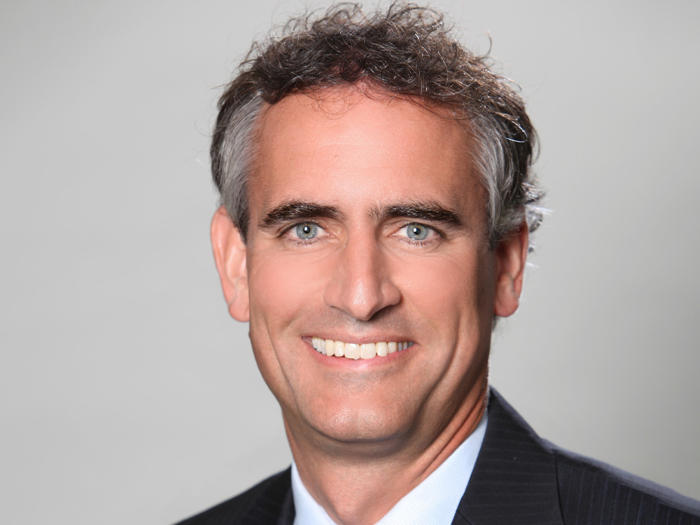Risk Insider: Eamonn Cunningham
Is Stand-Alone Drone Coverage Necessary?
You see an increasing amount of comment on the very topical subject of drone cover. Some skeptics might argue that there is an element of self-interest at play here on the part of those initiating or promoting the discussion on this subject.
However, let’s just assume that this is all driven by the very best of intentions with one purpose in mind, the common good, indeed a lofty ideal!
My real issue with this development is the concept of what I call the proliferation of insurance products. The example of the commentary around the so-called drone insurance cover, is a case in point.
If the pursuit of separate policies for everything new continues, the insurance industry runs the risk of been seen as simply the provider of narrowly defined risk capital commodities.
Why do we need to go through the time consuming and expensive process of developing this supposedly fit-for-purpose insurance product, when there can be equally effective options available at a far cheaper development cost?
If something falls from the sky and someone suffers a “loss” in the form of bodily injury and/or property damage, there are existing remedies available which invariably revolve around conventional insurance products.
Why should all of this not be available when the “something” just happens to be a drone? What makes this event so particularly special that the liability arising from it cannot be covered under existing insurance products, even if minor adaption of those solutions is required?
The real point here is to try to not make our current market risk-transfer mechanisms even more complex than they already are. The better practice might be to investigate, indeed stress-test current solutions wherever possible to see if they can be utilized as new risks arise, or existing ones evolve.
There are exceptions to this, those obvious examples when that new risk is so unique that conventional solutions will just not provide the comprehensive cover required, cyber risk being a case in point.
The real point here is to try to not make our current market risk-transfer mechanisms even more complex than they already are.
If the pursuit of separate policies for everything new continues, the insurance industry runs the risk of been seen as simply the provider of narrowly defined risk capital commodities.
We should, as an industry, take a good hard look at new risks and see whether the current insurance market solutions can (even with adaption) work. Let’s not pre-empt that process by hastily imposing exclusions on an existing product which only serve to increase the impetus to buy the new product.
Good risk management leadership in 2015 adds value to the organization it serves when its response to questions raised about risks associated with new ventures or opportunities is, “Why not?” as opposed to the traditional “NO.”
Surely carriers (in fact all participants in the insurance industry) should also adopt similar thinking. Why can’t the existing solutions be made to work?
This insight covered the prospect of drone insurance now coming our way. What next? Policies for risks arising from nano-technology, solar flares or even artificial intelligence?










